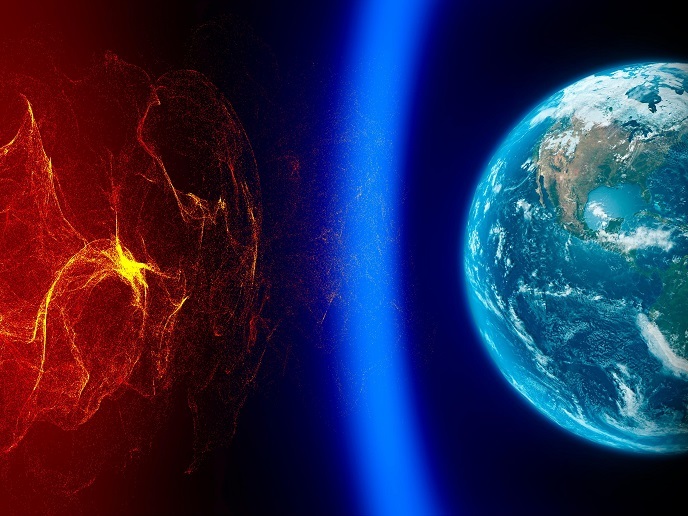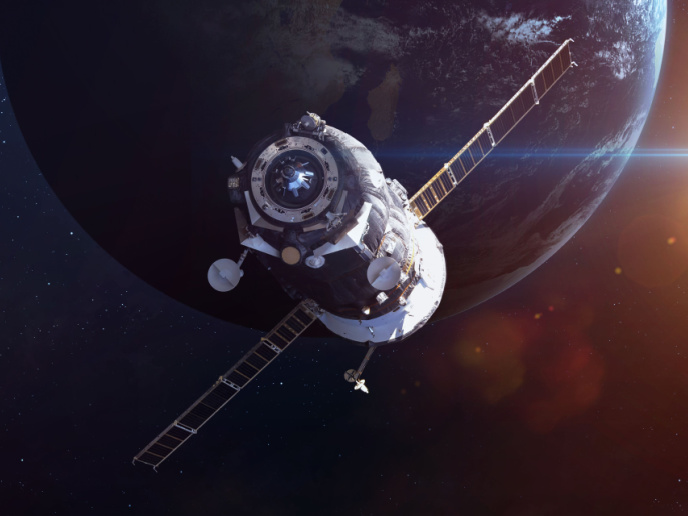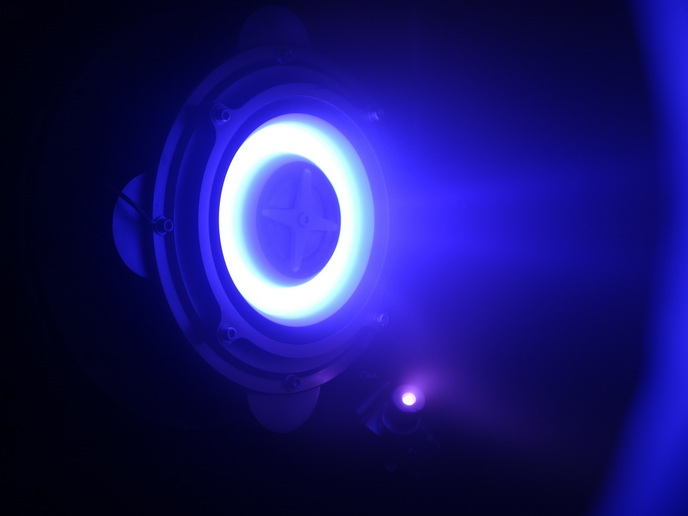Transatlantic research goes celestial
Solar storms are what cause the beautiful Aurora Borealis to light up the northern skies. But for satellite operators, these storms can be a real headache – and a costly one at that. “Solar flares and geomagnetic storms cause the charged particles trapped in the Earth’s magnetic field to increase in intensity,” explains Geoff Reeves, a scientist at the New Mexico Consortium(opens in new window) (NMC) in the U.S. “When the intensity is high, charge can build up inside a satellite, essentially causing little lightning bolts that can destroy satellites or, at the very least, significantly disrupt the services they provide.” For example, recent solar storms have disrupted the GNSS(opens in new window) signals coming from GPS and Galileo(opens in new window) satellites, leading to errors in positioning calculations and, in some cases, complete signal loss. The challenge is that solar storms are nearly impossible to predict. “While we may not be able to predict space weather, we can forecast its duration and severity,” says János Lichtenberger, part of the Space Research Group at Eötvös Loránd University(opens in new window) (ELTE) in Hungary. “Satellite operators can use this information to implement effective mitigation measures to better protect their space assets.”
Transatlantic team to tackle space weather
To help deliver such forecasts, the NMC and ELTE have teamed up via the EU-funded FARBES(opens in new window) project. Other partners include ONERA(opens in new window) (France), NKUA(opens in new window) (Greece), IAP(opens in new window) (Czechia), and BAS(opens in new window) (United Kingdom). “Our goal is to support the unhindered operation of satellites and spacecrafts by providing predictions of the space environment based on ground-recorded data,” adds Lichtenberger. Combining expertise to tackle this issue will be of huge benefit to satellite operators in both the U.S. and Europe. NMC and ELTE previously worked together on the EU-funded PLASMON project, which developed a ground-based data-assimilative model of the Earth’s plasmasphere. FARBES builds on that successful collaboration.
Expertise from both sides of the Atlantic
To protect equipment, satellite operations can be postponed or switched to other services before a solar storm happens. But doing so is unprofitable for operators. “Satellite operators are interested in how long the radiation belts will be too intense to operate safely, so they know when it is safe to resume normal operations,” notes Reeves. By combining NMC’s expertise in advanced modeling of the near-Earth space environment with ELTE’s wealth of experience in the ground-based measurement of space weather, the project has developed useful and actionable forecasts for satellite operators in both Europe and the U.S. “Instead of focusing on fine details, these ground measurements estimate the duration of a solar storm’s most dangerous periods,” explains Lichtenberger. The project plans to develop around 10 scenario-based models that spacecraft operators can use to predict such key information as time to the most severe environment, the most severe flux that will be reached, and when the event will end. Based on easily sustainable, ground-based drivers and measurements of radiation belt dynamics, these predictions will be continuously updated as a solar event unfolds.
A U.S. partner – and customer
Not only is NMC a project partner, it is also the launch customer of the project’s ground-based models. The FARBES models will be integrated into NMC’s DREAM3D radiation models, an initiative that will also serve as an independent validator of the project’s work. The project also intends to incorporate its work into the European Space Agency’s(opens in new window) Space Safety(opens in new window) program and its Space Environment Nowcast and Forecast Development 2 (RB-FAN2) project, led by ONERA. “By bringing real, ground-based data into space weather forecasting, the FARBES project has provided satellite operators with a powerful new tool for protecting their space assets – and the services they provide – from the devastating impact of solar storms,” concludes Lichtenberger.







